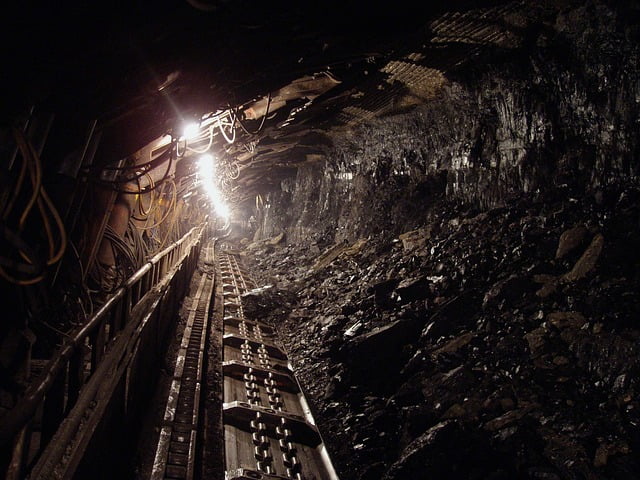Once your attention flips from the dramatic drops and rises in bitcoin’s value and you’ve gotten over the marketing hype about blockchains and ICOs, your thoughts may eventually turn to how the whole thing works. Terms like “bitcoin mining” and “digital gold” conjure up images of men with hardhats descending into dimly-lit caves, but that’s obviously not how this commodity is mined. That begs the question of how it is. Can anyone mine bitcoin? And what is MaaS?
Bitcoin Mining Basics
We know that it doesn’t take a flashlight and a pick to mine bitcoin. A computer science degree and some robust bitcoin mining software would be more appropriate. While the former is certainly no obligation (anyone can mine bitcoin, as it’s open to all), if you don’t know your way around a line of code, this isn’t the job for you.
Bitcoin mining is achieved by running SHA256 double round hash verification processes. This is so that bitcoin transactions can be validated, and it works as a security requisite to mine on the public ledger. Again, anyone can mine bitcoin, but they need to have the required knowledge and tools to participate in the verification process.
Steven Eliscu, Vice President of DMG Blockchain and a former exec at Bitfury, explains:
Anyone can mine coins on the Bitcoin or Ethereum or Monero blockchains – all of which are referred to as public blockchains, because there is no censorship as to who can read from or write to that blockchain.
Why Mine Bitcoin?
Bitcoin mining is open to all, but that leads to another question: why mine bitcoin? What’s the incentive? Is there some kind of reward? I suppose the answer to that question is obvious, hence the growing global enthusiasm. Bitcoin miners are compensated for their work in bitcoin, with the speed of their mining measured in hashes per second. The faster the computer and the more robust the software, the higher the potential reward.
“Statistically, miners collect transaction fees in proportion to the computing power they contribute to the network. Transaction fees are split into two types: the coinbase transaction (also called the block reward), which is set by the bitcoin protocol; and sender-attached fees, which are set by the market demand for ensuring transactions are completed in a timely manner,” says Eliscu.
Public vs. Permissioned Blockchains
Beyond the public blockchains, there are private blockchains (or permissioned blockchains) that do have restrictions on who can mine. The benefit of such a blockchain is obvious and inherently involves some centralization and semi-trusted parties. Eliscu adds, “A key benefit of permissioned blockchains is that they can be much higher performance and lower cost to operate vs. public blockchains, given that they are semi-closed systems. Think of a permissioned blockchain like an intranet – intranets may still use the same TCP/IP protocol as the internet, but they have restrictions as to who can access and write data.”
What is MaaS?
Rather like precious minerals, bitcoin is finite, but it still presents a significant opportunity for individual miners and companies that offer MaaS (Mining as a Service) like DMG Blockchain. “While block rewards halve every four years and will eventually go to zero,” says Eliscu, “both transaction fee amounts and the price of bitcoin have been rising such that mining revenue has been growing since Bitcoin’s inception and is currently an $8 billion annualized opportunity.”
DMG provides MaaS solutions to investors and groups of investors who want to mine bitcoin at an industrial scale, but who need experts to procure, set up and manage the process. Its team is comprised of some of the world’s most seasoned bitcoin miners. “For DMG, it enables a steady flow of revenue and profits that are largely independent of the price of bitcoin.”
So, bitcoin miners can make a decent profit that only increases with their experience and output, and which isn’t affected by bitcoin’s volatility – until the block rewards run out.

